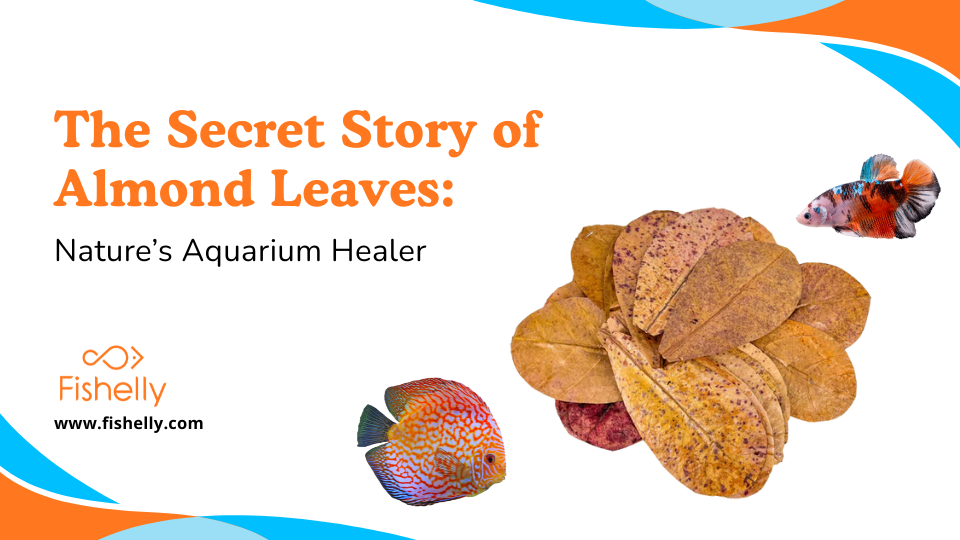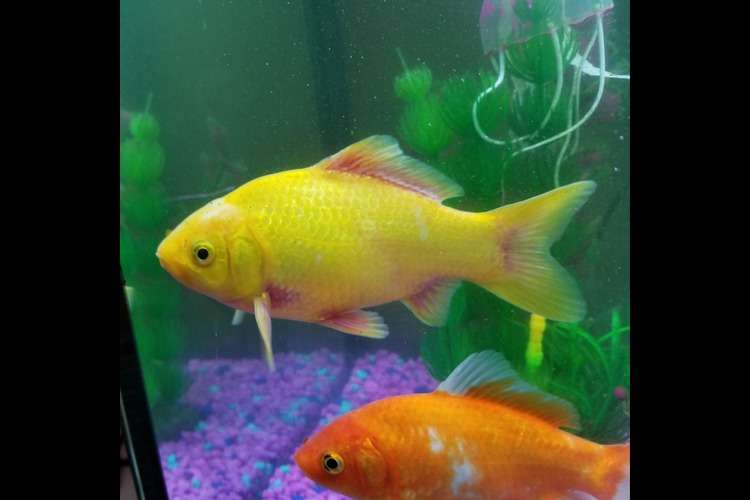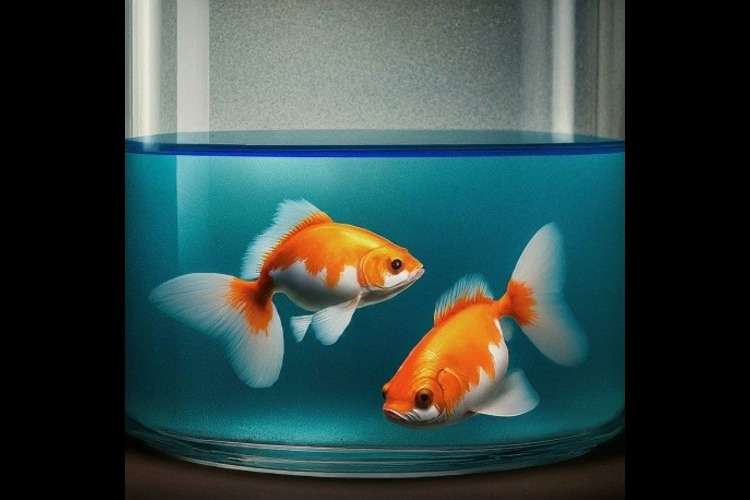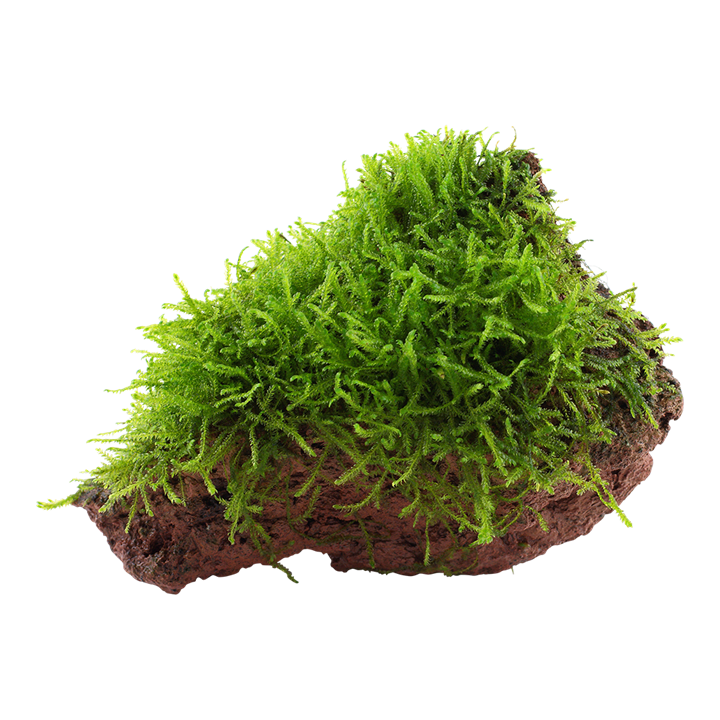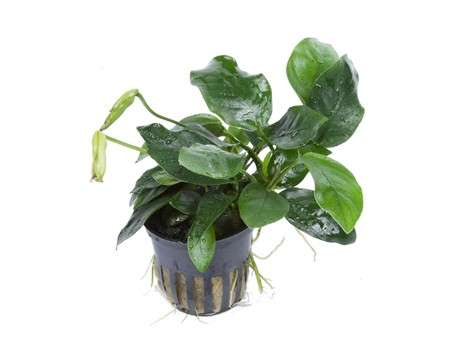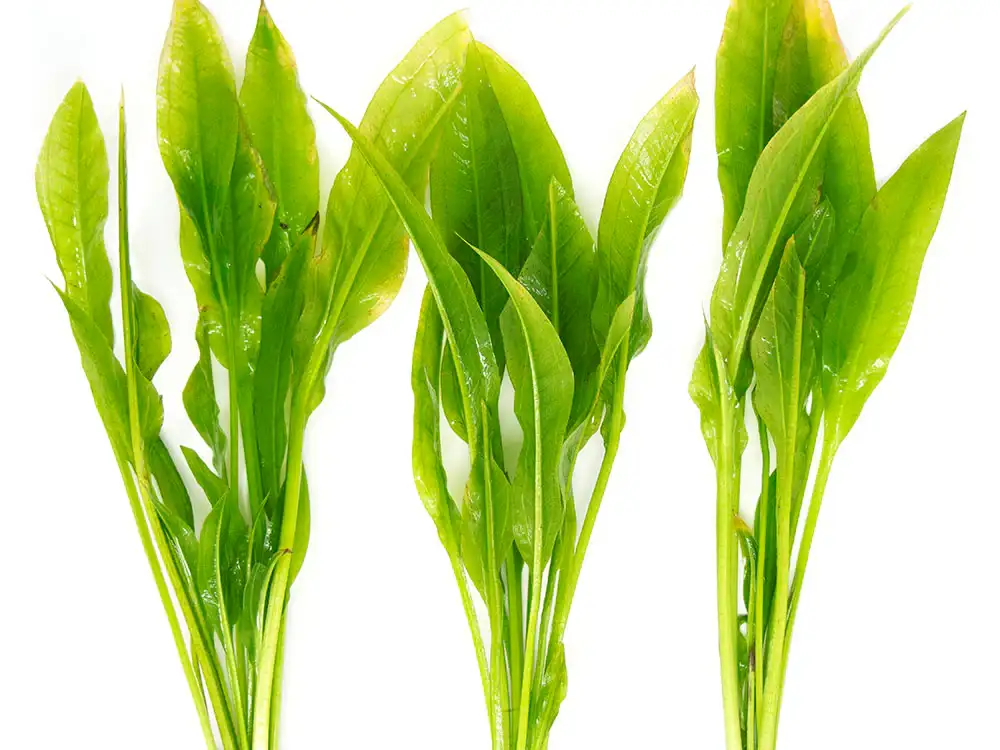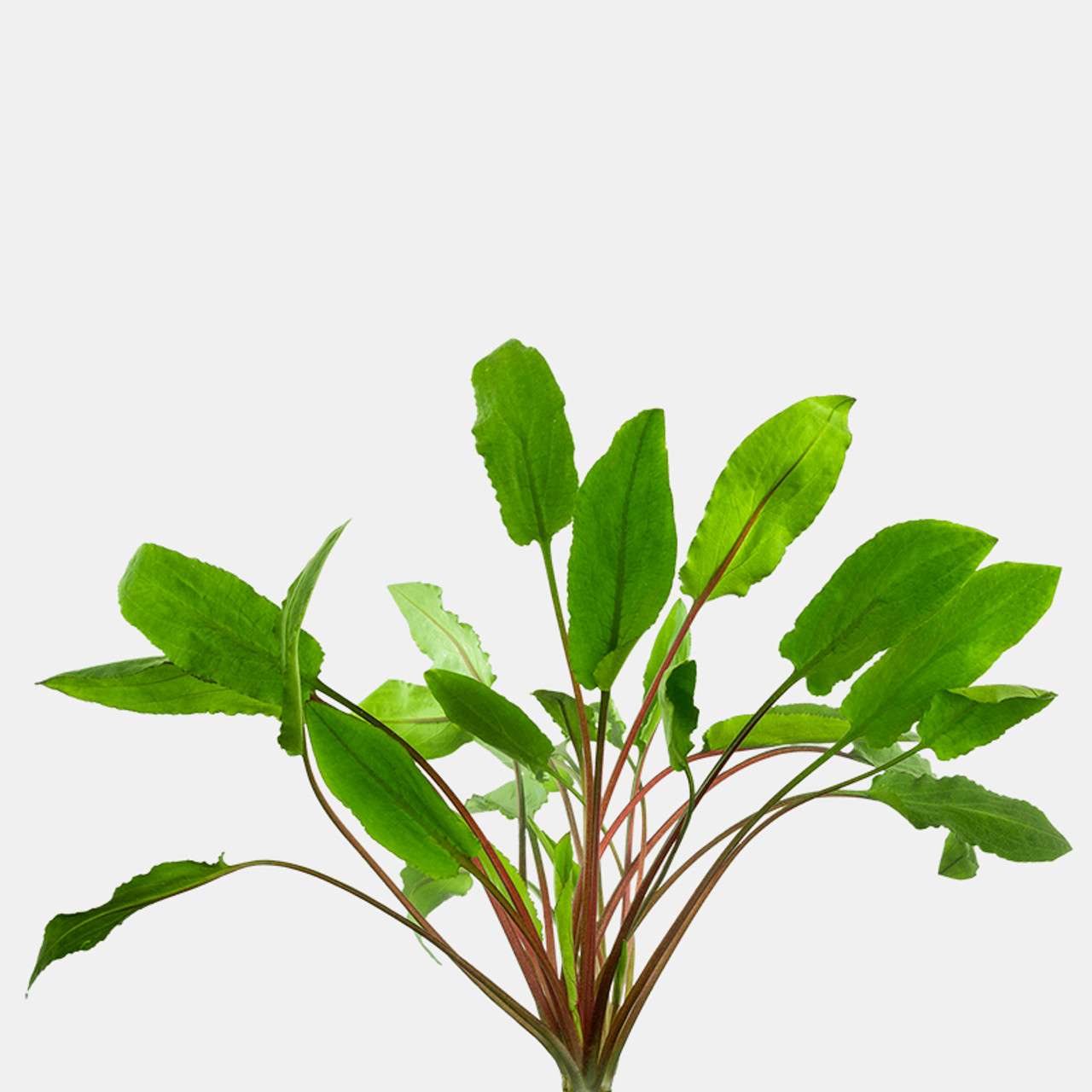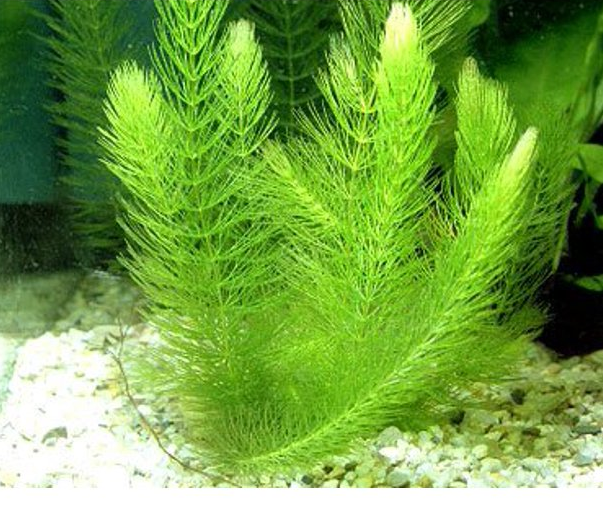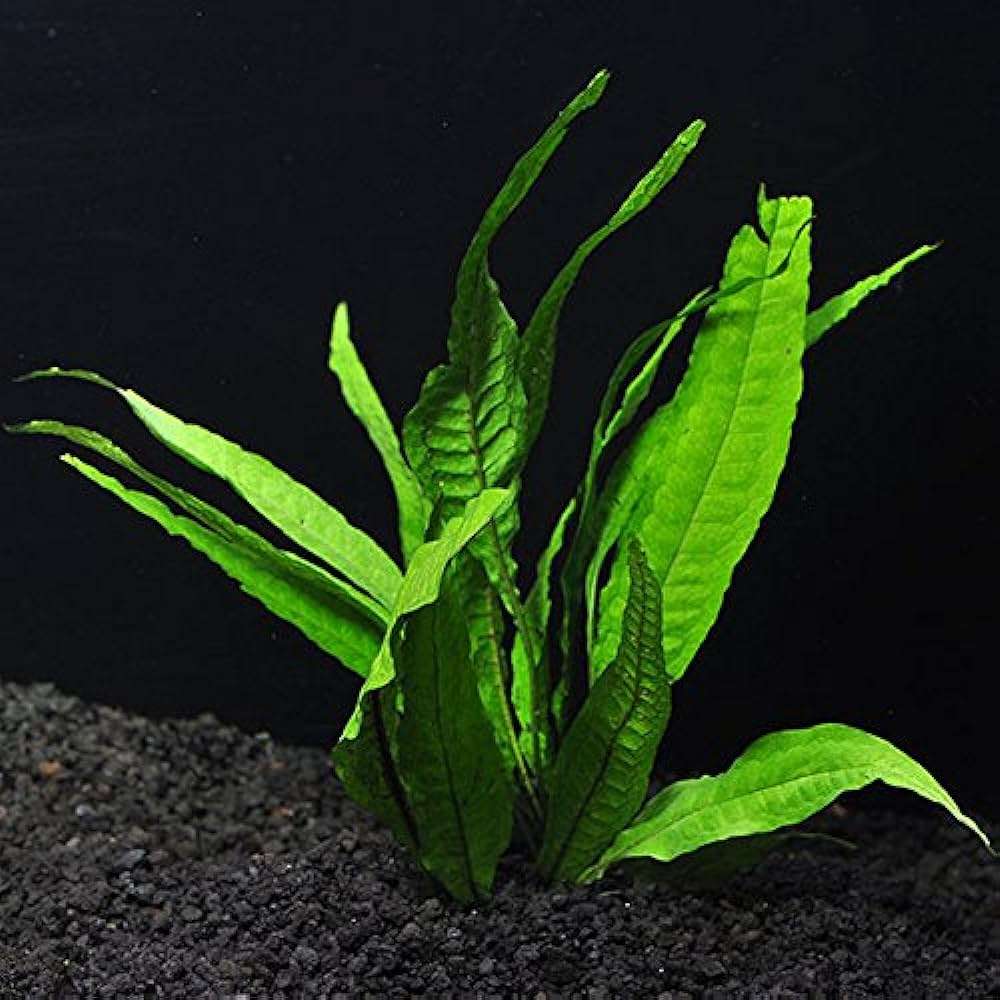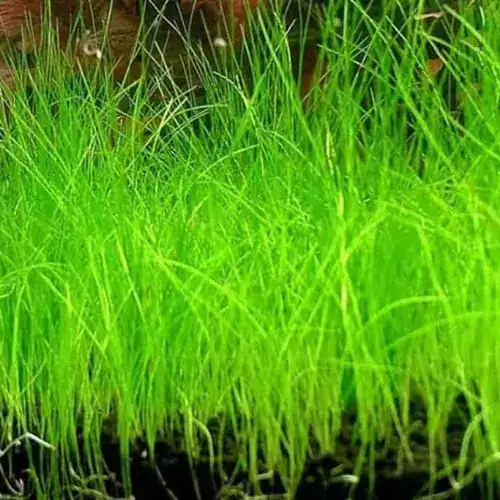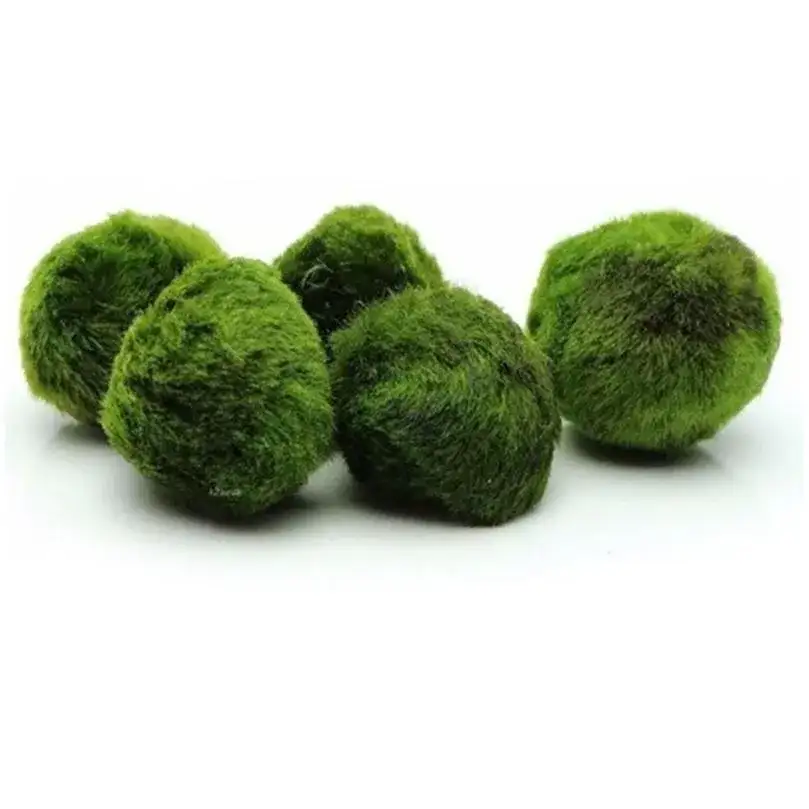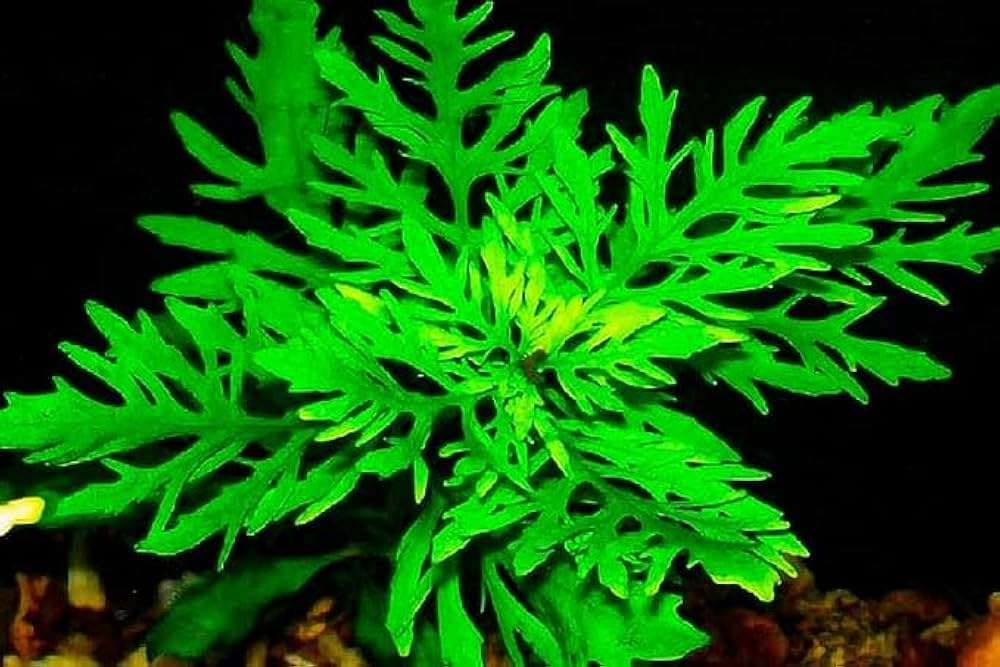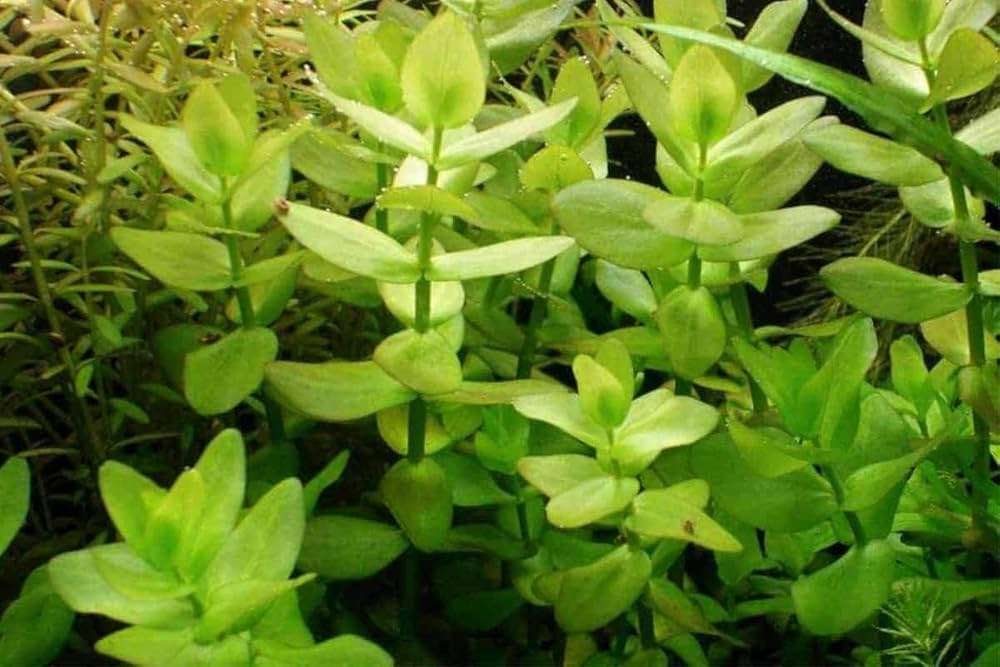The Secret Story of Almond Leaves: Nature’s Aquarium Healer
For centuries, fishkeepers trusted almond leaves as a natural cure. Discover their story how these simple leaves calm, heal, and transform aquariums.
Table of Contents
- Stress Relief for Fishes
- Good Water Conditioner
- Boosts Immunity & Healing
- Breeding & Fry Survival Made Easy
- Benefits for Shrimp and Invertebrates
- Additional Benefits of Almond Leaves
- How to Choose Quality Almond Leaves
- Things To Consider
- How To Use Almond Leaves In Your Aquarium
- Faq
- Conclusion
For centuries now, many fishkeepers all over the world have appreciated these dried leaves for their therapeutic, conditioning, and regenerating properties. So, what is it that makes them so special? Let us dive into the science, benefits, and application of almond leaves—the secret natural healer of aquariums.
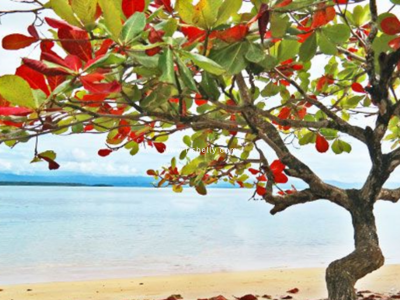
Stress Relief for Fishes
Stressful conditions can arise in fishes that are either natural or magnified by aquarium settings. Crowded tanks, sudden changes in water chemistry, introduction of new tank mates, and even excessive light and noise could all be potential stressors. Continued stress dampens the immune system and shortens life span.
Tannins and humic acids get leached out from the almond leaves into the water, imparting a tea-colored hue to the water, which mimics natural blackwater environments (like those of the Amazon and other Southeast Asian rivers). Fish feel calm and safe in such a soothing environment.

Benefits: Reduced stress & anxiety → calmer, healthier, long-life fishes.
Good Water Conditioner
Almond leaves indeed offer light conditioning of the water. The way they do that is when they decompose, they release tannins, fulvic acid, and other organic compounds that:
• Soften hard water by reducing carbonate hardness (KH)
• Lower the PH gradually into slightly acidic levels
• Offer natural buffering for stable conditions
• Replicate biotope environments for species like bettas, tetras, discus, gouramis, rasboras, and angelfish
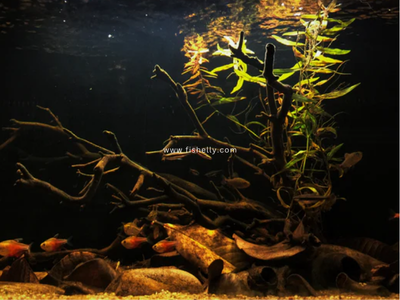
Benefit: Stable water chemistry, which closely mimics the natural habitats of many tropical fishes.
Boosts Immunity & Healing
They have antibacterial, antifungal, and even mild antiparasitic properties.
Thus, they are especially helpful in:
• The prevention of fin rot, columnaris, and fungal infections
• Fish healing faster from injuries, stress, or transport
• Limiting the use of chemical medications
Some fishkeepers even use almond leaves in quarantine and hospital tanks to give their charges a natural boost in recovery.
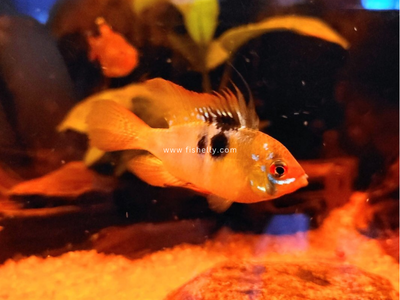
Benefit: A sturdy immune system, fewer disease outbreaks, and healthier fish in general.
Breeding & Fry Survival Made Easy
Almond leaves present several advantages in the breeding set-up:
• Natural Shelter: Leaves on the substrate act as hiding spots for fry, which reduces predation by adults.
• Infusoria Growth: As leaves decay, they enhance the growth of tiny microorganisms (infusoria), which are an excellent first food for baby fish.
• Bubble Nest Support: Bettas and gouramis love building bubble nests under floating almond leaves.
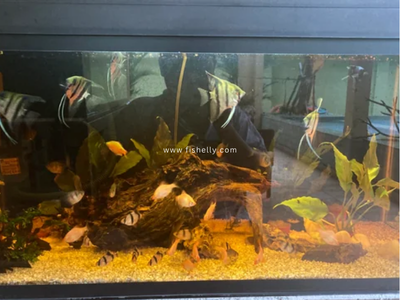
Benefit: Increased fry survival rate, healthy growth, and more natural breeding behaviour.
Benefits for Shrimp and Invertebrates
Not just fish, but shrimp and snails also have a great deal to gain from almond leaves:
• Shrimp feed off the biofilm and microfauna present on the surface of the leaves.
• They provide additional hiding in times of molting.
• They improve overall colony health by boosting immune response.
Benefit: Stronger shrimp colonies with higher survival rates and better coloration.
Additional Benefits of Almond Leaves
Algae Control: The tannins may help reduce unwanted algae growth by creating less favourable conditions.
Natural Aesthetic: The amber tint and scattered leaves give your aquarium a wild, natural look.
Eco-Friendly Solution: 100% natural and biodegradable, unlike synthetic conditioners or chemicals.
Safe for Most Fish: Bettas, tetras, rasboras, corydoras, loaches, and dwarf cichlids thrive in almond leaf-treated water.
How to Choose Quality Almond Leaves
Not all almond leaves are the same. To get the best results for your aquarium:
• Always pick pesticide-free, naturally dried leaves. Chemicals can harm your fish and invertebrates.
• Do not select green (fresh) leaves - they release too many chemical compounds too quickly and may cloud or foul the water.
• Opt for premium-grade Catappa leaves - these are often sun-dried and flat, not brittle or mouldy. High-quality leaves have a longer time of effect and more stable release of beneficial compounds.
Things To Consider
While almond leaves are miraculous, a few precautions need to be considered:• Do Not Overdo: Too many leaves may fasten the lowering of pH and keep the water too dark.
• Not for All Fish: African cichlids and livebearers (e.g., guppies) often prefer harder, alkaline water—so should be used sparingly or not at all.
• Decomposition: Leaves break down naturally; remove those that become too slimy or clog the filter.
• Water Testing: Always test pH and KH to avoid sudden drops.
How To Use Almond Leaves In Your Aquarium
1. Rinse Before Use: Lightly rinse to remove dust or debris.
2. Dosage: Add 1–2 medium leaves per 10 gallons (40 liters) of water.
3. Replacement: Refresh every 2–3 weeks or once fully decomposed.
4. Blackwater Extract (Optional):
• Boil a few leaves in water until the liquid turns dark brown.
• Cool and store in a bottle.
• Add small amounts to your tank as needed.
Faq
1: What are Indian almond leaves, and why do fishkeepers use them?
Indian almond leaves (Catappa leaves) are dried leaves from the Terminalia catappa tree. Fishkeepers use them because they naturally reduce stress, improve water quality, boost immunity, and support breeding in aquariums.
2: Do almond leaves really help reduce fish stress?
Yes! When almond leaves release tannins, they tint the water a tea-like color. This creates a blackwater effect that calms fish and makes them feel safe, similar to their natural habitats.
3: Can almond leaves change my aquarium water chemistry?
They can slightly soften water, lower pH, and stabilize water conditions. This is beneficial for many tropical fish like bettas, tetras, rasboras, and discus. However, they may not be ideal for fish that prefer hard, alkaline water (like African cichlids or guppies).
4: Do almond leaves prevent fish diseases?
Yes. They release antibacterial and antifungal compounds that can help prevent infections like fin rot, fungal problems, and stress-related illnesses. They also support faster healing.
5: Are almond leaves useful for breeding fish?
Definitely. They provide shelter for fry, promote the growth of microorganisms (first food for baby fish), and support bubble nest building for bettas and gouramis.
6: Can shrimp and snails benefit from almond leaves too?
Yes. Shrimp feed on the biofilm that grows on the leaves, and they use them for shelter during molting. Snails also benefit from the improved water quality and microfauna.
7: How many almond leaves should I add to my tank?
A good rule is 1–2 medium leaves per 10 gallons (40 liters) of water. Replace them every 2–3 weeks or once they decompose.
8: Will almond leaves make my aquarium water too dark?
They will tint the water amber. Many fishkeepers like this natural look, but if it gets too dark, reduce the number of leaves or use smaller pieces.
9: How do I know if the almond leaves I buy are good quality?
Choose naturally dried, pesticide-free leaves that are flat and not brittle or moldy. Premium Catappa leaves last longer and release beneficial compounds steadily.
10: Can I use almond leaves with all fish?
Not always. They’re great for soft-water, tropical species like bettas, tetras, gouramis, discus, and shrimp. But use them sparingly or avoid them for African cichlids and livebearers like guppies, which prefer harder, alkaline water.
11: Do I need to boil almond leaves before adding them to my tank?
Not necessarily. A light rinse is usually enough. However, boiling is an option if you want to make a concentrated blackwater extract to dose gradually.
12: Can almond leaves replace water conditioners or medicines?
They’re a natural aid but not a substitute for proper water conditioners or treatments when serious diseases occur. Think of them as a supplement for healthier, stress-free aquariums.
Conclusion
Almond leaves are more than just dried leaves they are nature's remedy for stress relief, immune support, water conditioning, and breeding success. For whatever fish you have—be it bettas, tetras, shrimp, or discus addition of the almond leaves is a simple way to set the aquarium closer to the natural habitat the fish developed from.
